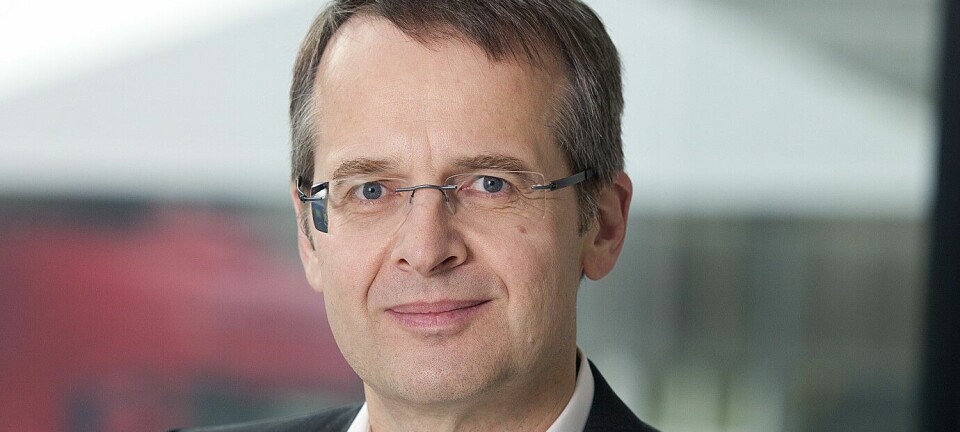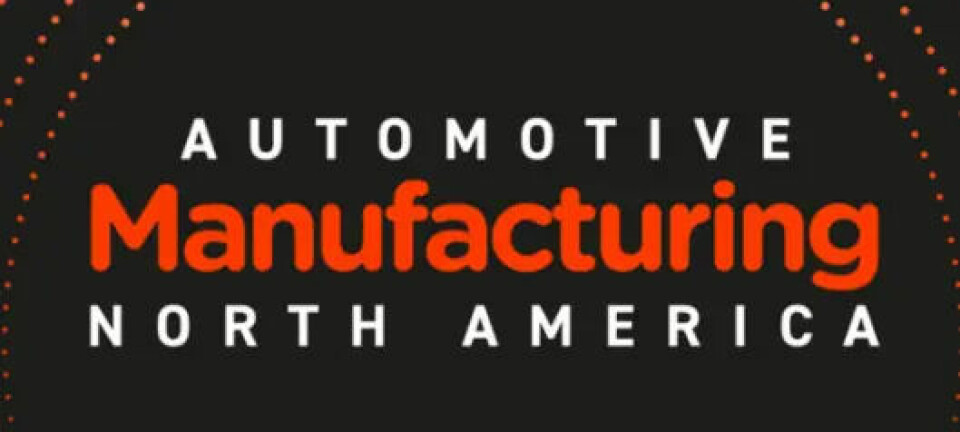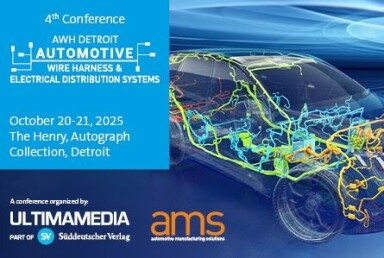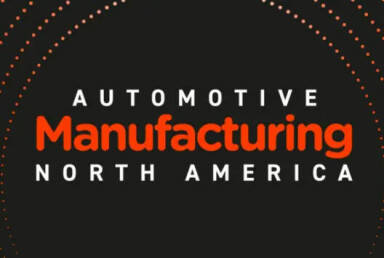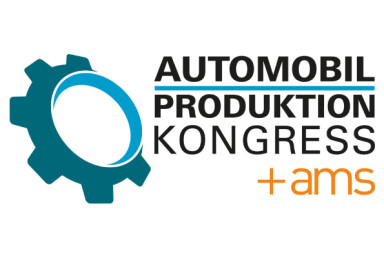Europe: EV investment continues but managing capacity is an issue
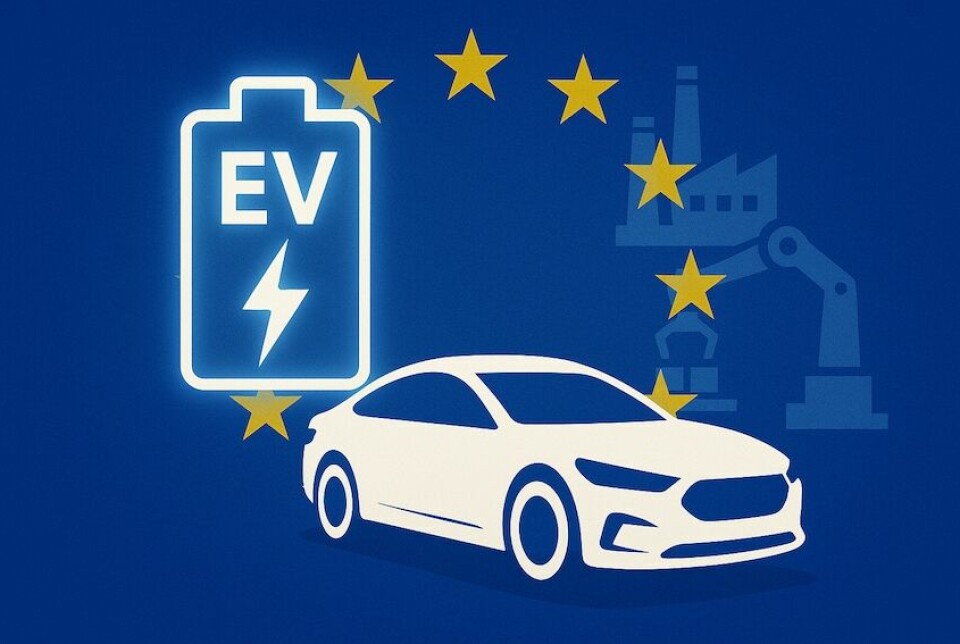
Despite billions invested in electric vehicle production and battery supply chains, many European plants are grappling with low utilisation, underwhelming EV sales, and structural overcapacity. Can Europe's auto industry recalibrate to remain competitive?
Although EV sales are much lower than had been expected or wished for by now, vehicle companies continue to invest in new battery supply chains and EV factories; in addition, companies like Stellantis continue to invest in PHEVs, and JLR is extending the lifecycles of the current Evoque and Discovery Sport owing to demand for their PHEV variants.
Meanwhile, despite headwinds, Renault and Volkswagen are pushing ahead with EV investment and expansion. In Renault’s case this involves making more BEVs for itself but also for Nissan and Mitsubishi. At Renault’s Slovenian factory it will not only make the small Twingo Legend EV but is also expected to make Nissan and Mitsubishi variants. A Dacia version of this model may also be produced, although this could be made at Dacia’s plant in Romania rather than at Renault Slovenia.
Platform sharing offers efficiency and cost benefits
Renault and Volkswagen had reportedly discussed the German OEM using the Renault Twingo platform for its smallest EV, however, Volkswagen has decided to develop its entry level EV, known as ID1, alone, albeit using Rivian’s electric vehicle architecture. This vehicle will be made at the Palmela factory in Portugal, where the T-Roc SUV is currently produced. The current ICE-powered T-Roc will be made alongside the new small EV, but the electric replacement for the T-Roc will be made in Wolfsburg from the late 2020s.
Interestingly, while the ID2 series will also come with SEAT and Skoda variants, at present there are no plans for SEAT or Skoda to have a version of the ID1. One other issue regarding the ID1 is whether it will use an ID name; Volkswagen executives have hinted that future EVs after ID2 will have conventional names. So, the ID1 could possibly use an older Volkswagen name for entry models, e.g. Up! or Fox or Lupo. The ID3 name is also likely to be dropped when the all-new electric Golf goes into production in around d 2028.
In the long term, Ford in Europe – which has recently received investment of €4.4 billion from its US parent – will likely to be forced to operate more independently of the US in future
Challenges for Ford Europe
Meanwhile serious concerns exist regarding Ford in Cologne; this factory, still the operational headquarters for Ford in Europe, is producing volumes which can only be described as at best disappointing. The plant has capacity of 150,000 units per year, potentially as many as 200,000, but current production rates mean annual production for the Explorer and Capri EVs will likely be less than 60,000 units this year. A further complication for Ford is that it is paying a licence fee to Volkswagen for the use of the MEB platform, which underpins these vehicles, so the economics of this programme at such low volumes are surely compromised.
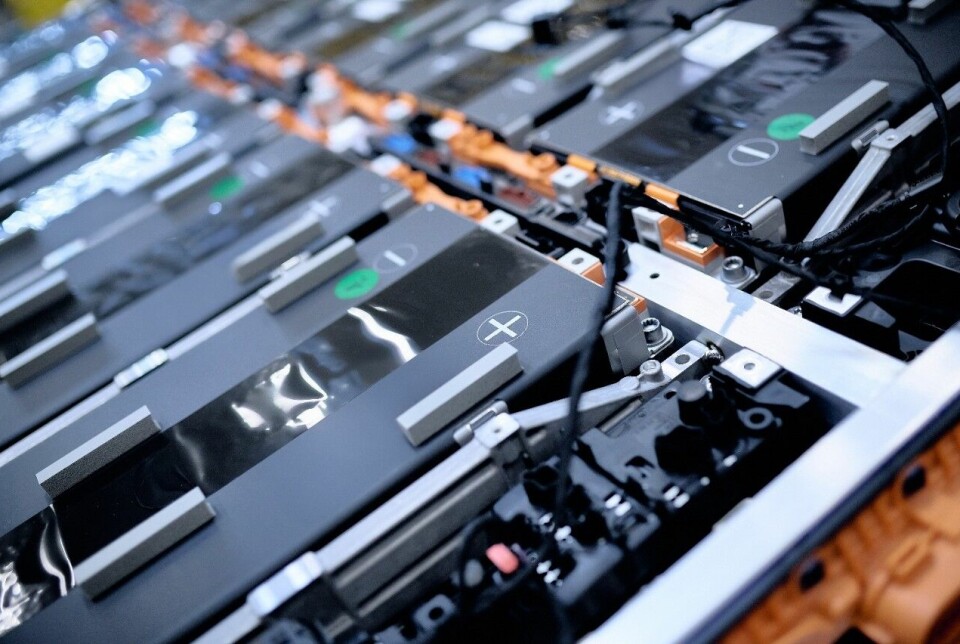
In the long term, Ford in Europe – which has recently received investment of €4.4 billion from its US parent – will likely to be forced to operate more independently of the US in future. Ford is already closing its other German plant in Saarlouis, but concerns will surely be rising over the fugue of the Cologne factory if production there cannot be raised significantly, and for this to happen sooner rather than later.
One potential saviour route for Ford could be news from the US where its “Skunkworks” project has recently announced a pick-up truck will be made on its new CE1 platform. Might this platform be used in Europe to produce a new range of low cost EVs?
Low utilisation at both EV and ICE factories Across Europe the low levels of factory utilisation at several factories at the established legacy brands constitute a rising problem. Mostly this affects ICE vehicle programmes, but as noted above regarding Ford in Cologne, it is also an issue for some factories focused on EVs.
VW is looking at alternative options for the future of its plants in Dresden and Osnabrück. Production at the Transparent Factory in Dresden will terminate at the end of 2025 with no clarity yet on what will happen here. The T-Roc Cabrio will continue to be manufactured in Osnabrück until mid-2027, and in the meantime VW will look at options for different uses for both Dresden and Osnabrück; both facilities could be used by Chinese car companies although Germany’s manufacturing costs will be difficult to align with the price points of many Chinese vehicles for which a switch of production to Europe is under consideration.
The Emden plant will make the ID.4 and ID.7, and Zwickau is due to focus on making the Audi Q4 e-tron and Q4 e-tron Sportback on a single line from 2027. Production of the ID5 is expected to continue at Zwickau until 2027. What the implications of a potential switch of production of the Q4 to the US remain to be seen. Potentially this could lead to volumes there falling to a level at which vehicle production at Zwickau could be uneconomic. Were this to happen, Volkswagen would have another problematic site on its hands. Again, the Chinese will be looked at as potential saviours.
In Italy, low levels of utilisation and potentially redundant factories loom even larger on Stellantis’ management’s agenda
Capacity dilemma for Stellantis’ European production operations
The European company with arguably the biggest problem with low factory utilisation is Stellantis, which has numerous factories in France, Germany and Italy especially, with low utilisation levels and highly uncertain futures. For example, in France, the Rennes factory, which once had a potential capacity of 300,000 but which has been running at less than one-third of that level in recent times, is surely at a crossroads. Its sole current product is the new C5 Aircross, which has an expected peak production of less than 80,000 per year but production is currently running at closer 60,000 units a year.
This kind of volume could be easily accommodated within either Eisenach, which makes the Opel Grandland, or more likely the Stellantis factory at Sochaux, which produces the Peugeot 3008 and 5008. The C5 Aircross shares the same STLA Medium platform with the Grandland and 3008/5008 so producing this at either site would be a practical solution.
The unions and local politicians in Rennes would certainly object to such a plan but it would not be surprising to see the new Stellantis CEO, Antonio Filosa, take a much more hard-nosed view of under-utilised and potentially surplus plants. It is worth noting that another, even bigger, factory, at Poissy to the west of Paris, has no definite production allocation beyond 2027/2028 and the factory is expected to close then.
Meanwhile in Germany the Russelsheim site is also running at well below 100,000 units a year. The factory makes the Opel Astra and DS4. The next DS4, probably to be called Number 4 in the new DS naming system, will likely be made in France probably at Mulhouse alongside the next generation Peugeot 308, and whether Russelsheim can be retained just for the Astra is another matter. Certainly, if it continues manufacturing just the Astra then operations will have to be compacted, using a much smaller footprint, with Stellantis looking to sell off some of the valuable real estate at the factory.
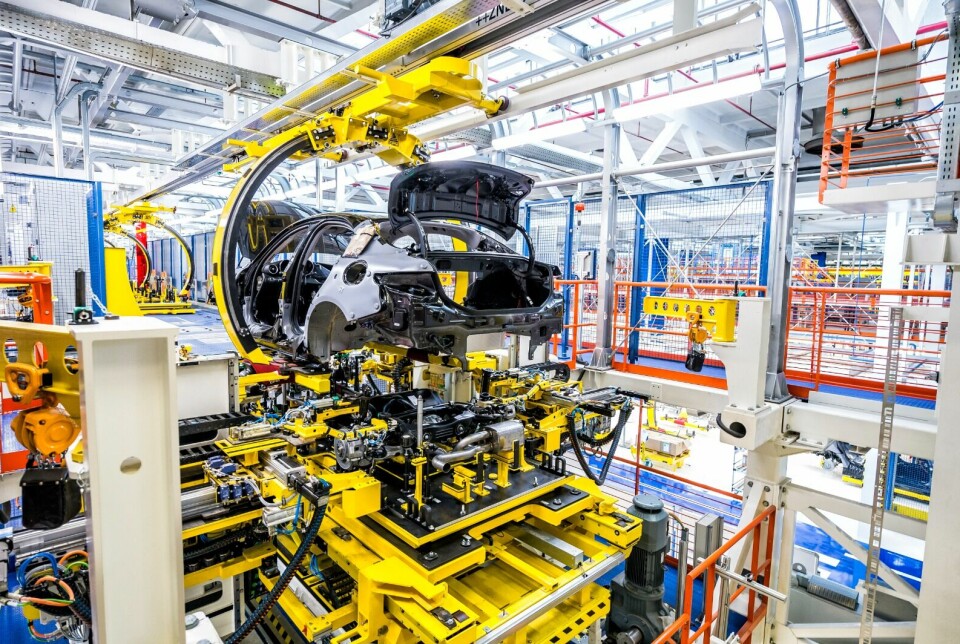
Lower demand puts Italian plants under pressure
In Italy, low levels of utilisation and potentially redundant factories loom even larger on Stellantis’ management’s agenda. Last year the Italian government was trying to persuade Stellantis to sign up to a commitment to return production in Italy to one million units a year.
Stellantis did not sign up, because it could not agree a new labour agreement, one which allow it to cut jobs if it wanted or needed to, so the proposal was rejected. Given the declining production at several Stellantis plants in Italy the company will be relieved that it didn’t sign up.
Two factories, Cassino and Melfi, are especially problematic. Cassino, designated as the site for large Alfas and Maseratis, has a notional capacity of 300,000 but this year production is expected to be barely 50-60,000. There is no obvious solution for these brands in terms of what vehicles could be added here to boost production in the short or even medium term.
Similarly, the Melfi factory in central Italy was a 350-400,000 a year plant, back when the Punto and later the 500X and Jeep Renegade were leaders in their segments. With the new line up to be made there, production will be less than 100,000 a year. Admittedly production at Melfi will now be of higher value vehicles, but in terms of jobs in and around the plant and the wider economic contribution of the factory to the area, Melfi’s production volume is now much smaller than it once was.
Whereas the 500X and Renegade both sold more than 120,000 a year, the new line-up will comprise four models at a much lower combined volume. The new Jeep Compass is expected to peak at around 40,000 units, while the new Lancia Gamma will be produced at a rate of around 20,000 a year. The new DS range will see around 25,000 of the Number 7 and less than 10,000 of the DS Number 8 made each year. Currently DS is also limiting itself to electric versions only, eschewing the potential hybrid systems (and therefore potential sales) which the STLA Medium platform can accommodate, as per the Compass and Opel Grandland for example.
Significantly, all-new, or fully reconfigured EV plants also face the challenge of low utilisation, even when the plant in question is central to that vehicle company’s entire EV strategy.
OEMs rethinking plant capacity and utilisation
The above examples are far from the only low volume, low utilisation factories which can be found across Europe. Wherever they are, they represent a major challenge to and change from the widespread view in the 1990s and early 2000s that the ideal size for a car plant is one producing 300,000 units a year. There are some factories, Audi Ingolstadt, BMW Dingolfing, Stellantis Vigo and Zaragosa, Skoda Mlada Boleslav for example, which still exceed this level, but most do not.
It is true that some, like Nissan Sunderland, and even VW Wolfsburg, have the potential to get back to 400,000 or more a year in future, but the level of competition from the new Chinese brands specially makes such developments questionable.
Significantly, all-new, or fully reconfigured EV plants also face the challenge of low utilisation, even when the plant in question is central to that vehicle company’s entire EV strategy. The low utilisation levels at Ford Cologne have been noted above. A similar situation may be developing at Renault’s Douai factory which is the centrepiece of the ElectriCity production network which Renault has established for electric vehicles, batteries and EV components in north-eastern France.
Douai is where the electric Megane, Scenic and Renault 4 and 5 EVs are all made, along with the Nissan Micra. A Mitsubishi version of the Scenic, which is expected to adopt the Eclipse Cross badge, will be added soon but market trends and model expectations suggest these vehicles currently will “max-out” at 220-250,000 a year, or possibly a little higher depending on model cycle timings. Hower, the Douai factory has been set up to make 400,000 vehicles a year, along with 100,000+ vans a year at the nearby Maubeuge factory. The AESC battery plant, as well the battery factories in the region from Verkor and Prologium, and associated supplies have been established with the expectation that vehicle volumes in the area will be in 500,000 range, or higher.
If these new EVs fail to meet these expectations then it will not only be Renault and its partner brands who will feel the pain, the new EV supply chain which has invested heavily will also be impacted negatively, with unknown consequences for future EV supply chain investment across Europe.
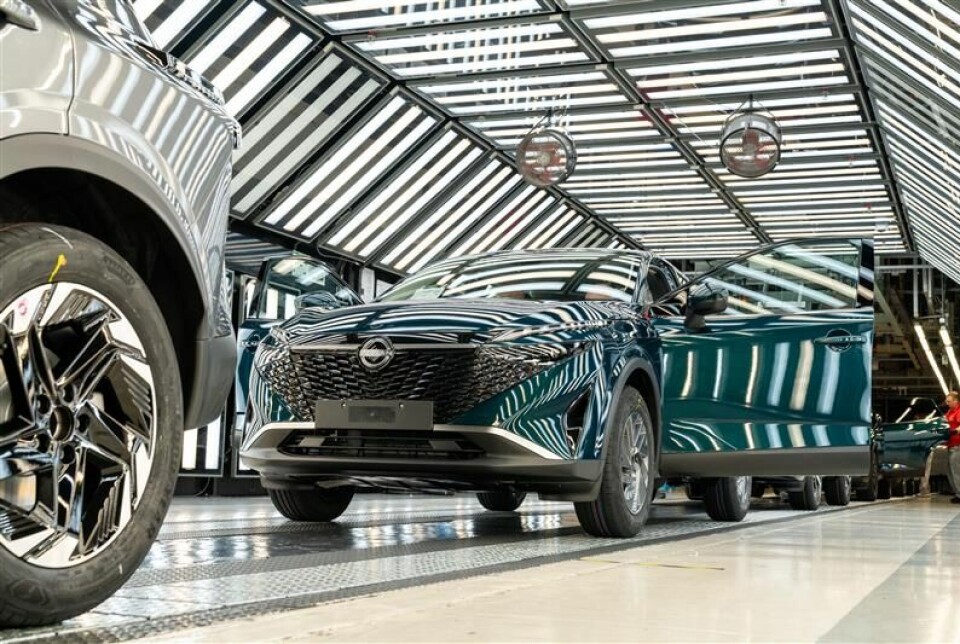
Nissan feeling the effects of global trade uncertainty
Across the channel in the UK, as Renault and Nissan go their separate ways, in shareholder terms at least, Nissan’s sole European factory, at Sunderland, is facing its own challenges.
Corporately Nissan is undergoing major with a realignment of production plans for the US especially and the new CEO, Ivan Espinosa, committing to closing no less than seven vehicle plants worldwide, two of which are due to be in Japan.
The UK factory appears safe for now, but output at the Sunderland factory is still well down on its potential and indeed past actual production levels; having produced over 500,000 a year prior to Brexit, there was even talk of production there rising to over 600,000 but now achieving more than 350,000 units a year on a sustained basis would be something of a triumph.
The Sunderland plant currently makes the Qashqai and the Juke, with a new Leaf expected to start production at the end of this year; an all-new electric Juke will follow during 2026, and a new battery factory will open to supply both new electric models. However further expansion in battery production has been delayed as the all-electric Qashqai is now no longer expected to be made in Sunderland before the early-mid 2030s; the slower than expected ramp up in EV production across Europe and the continued purchase of significant numbers of hybrids mean that Nissan’s e-Power offering in the Qashqai is seemingly much more in line with what consumers want.
For now, Nissan can meet demand for “large” EVs in Europe by importing the Ariya from Japan. The decision to import Ariyas from Japan in turn places a limit on how many more or which vehicles Nissan can make in the UK given its market position for the current range of models sold, whether made in the UK or Japan. Interestingly, despite owning a stake in Mitsubishi, it does not appear to be in line to make vehicles for Mitsubishi. Instead, Renault is line to make four or potentially five vehicles for Mitsubishi in Europe, a mxi of ICE, hybrid and electric models.
Stellantis and Renault have begun to step up pressure on European authorities for a lighter touch regulatory environment for small cars
One potential source of additional output at Nissan may be Dongfeng. The new Nissan CEO, Ivan Espinosa, has reportedly offered spare Nissan capacity to Dongfeng if it wants to expand beyond China. This is an intriguing move as most of Dongfeng’s production in China is effectively contract manufacturing for other vehicle companies, including Nissan. Dongfeng has a low brand awareness itself outside Europe and is far from a major player under its own name even in China. Whether this is a viable route for Nissan to find additional production volume is open to debate.
Could the small car segment offer more opportunities?
One further interesting potential development in the EV segment emanates from Stellantis and Renault who have begun to step up pressure on European authorities for a lighter touch regulatory environment for small cars. Effectively what these companies appear be asking for is a European electric equivalent to the Kei car segment in Japan. Traditionally these small cars, with engines of just 660cc have accounted for as much as 35-40% of vehicle sales in Japan.
Although a few Nissan Sakuras or other Kei cars appear on European roads, these are mostly private imports. Stellantis and Renault appear to think, however, that – even while they, and others such as Volkswagen struggle to introduce A-segment vehicles at the €20,000 price point – they can nonetheless develop a new business stream in even smaller (and presumably cheaper) vehicles, hence the talk of a European “e-Kei” segment.
In theory this might sound an attractive idea, but whether European production costs will make such a development financially viable is questionable. it is notable that Stellantis is already making vehicles such as the Citroen Ami (which counts as a quadricycle rather than a car and therefore can meet lower safety and other standards than mainstream cars), but they do so in Morocco, not Europe, taking advantage of the African country’s major cost advantage over Europe.


